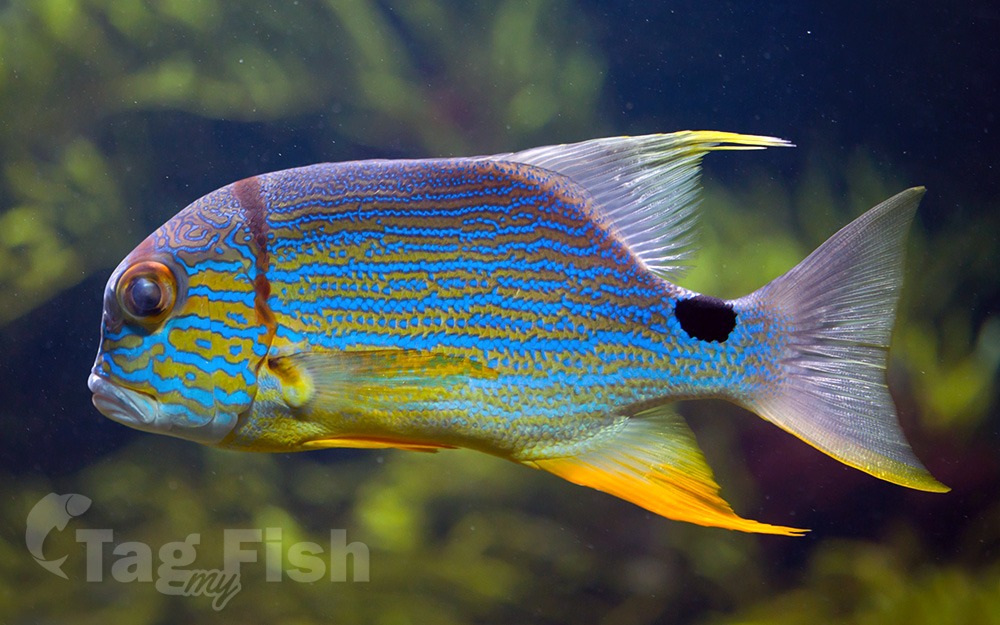Sailfin snapper
(Symphorichthys spilurus)

Classification
General data
The sailfin snapper has a body which is deep and laterally compressed with a rounded dorsal profile of the head, an angular forehead and a steeply sloped snout. The mouth extends as far back as the anterior edge of the eye. There is no incision or protuberance on the preoperculum. The upper jaw has a row of small, flattened teeth with roughly 3 rows in the lower jaw, both jaws have an outer row of short conical teeth, a little bigger than the other teeth. There is no patch of vomerine teeth.
The dorsal fin has 10 spine and 14-18 soft rays while the anal fin contains 3 spines and 8-11 soft rays. At least one of the anterior soft rays in both the dorsal and anal fins extends beyond the fin membrane to create a long filament. The pectoral fins are long, sometimes extending past the level of the anus and contain 16 fin rays. The caudal fin is emarginate.
This species attains a maximum total length of 60 cm (24 in), although of 50 cm (20 in) is more typical.
The colour of the body is yellowish body with blue horizontal stripes along the flanks. There is a large pale-margined black spot on the upper caudal peduncle, an orange bar over the eye and another to the rear of the head. The juveniles have an overall pale greyish colour broken by a wide white-bordered black stripe running along the middle of the flanks from the snout to the rear margin of the tail. The juveniles have the elongated filaments in the dorsal and anal fin but these are yellowish.
The sailfin snapper is found in the eastern Indian Ocean and the western Pacific Ocean. In the Indian Ocean it occurs at the Rowley Shoals and near Broome, Western Australia. In the Pacific Ocean it is found east as far as Tonga and Fiji, north to the Ryukyu Islands and south to New Caledonia and the Great Barrier Reef. There are also records from the Mentawai Islands off western Sumatra and off the west coast of Thailand.
It occurs at depths between 5 and 60 m (16 and 197 ft). It lives in areas of sand near to reefs in lagoons and over outer reefs.











